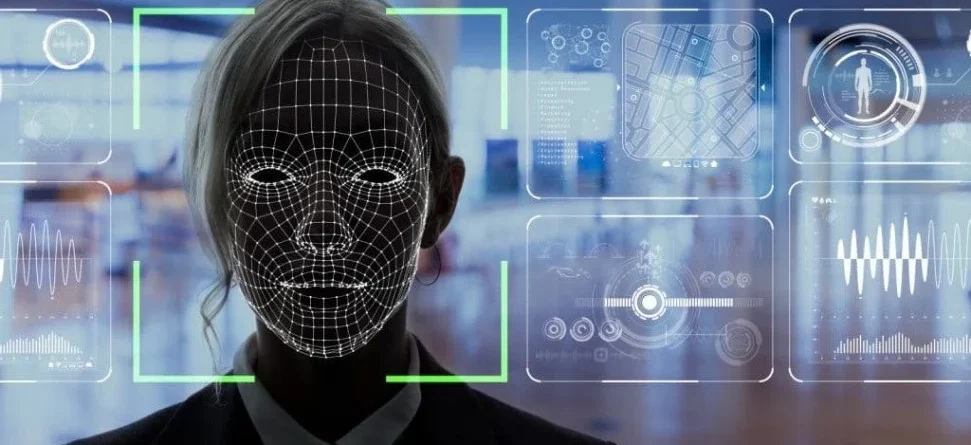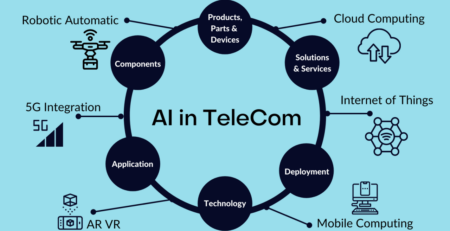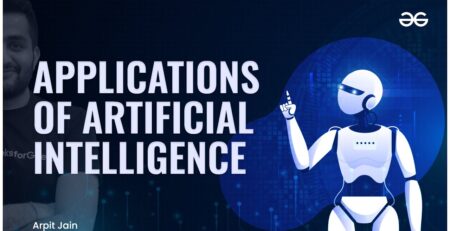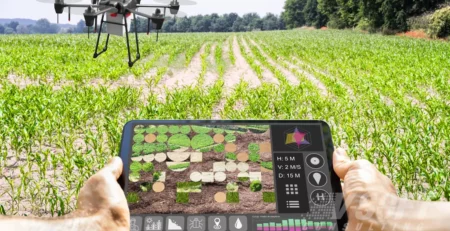AI Applications in Police security
AI applications in police security are rapidly transforming law enforcement, enhancing the ability to prevent crime, investigate incidents, and improve public safety. Here are several key applications of AI in police security:
- Predictive Policing
AI can analyze large datasets, including past crime data, to predict where and when crimes are likely to occur. Algorithms identify patterns and trends, helping law enforcement agencies allocate resources more effectively, proactively prevent crimes, and reduce response times.
- Facial Recognition
AI-powered facial recognition technology helps identify suspects and individuals of interest by analyzing video footage or images from surveillance cameras. This is particularly useful for locating missing persons, solving crimes, and verifying identities during security screenings.
- Automated License Plate Recognition (ALPR)
AI systems can automatically read and analyze license plates from vehicles, helping police track stolen cars, monitor traffic, and detect vehicles involved in crimes. This technology can also be used in real-time to alert officers of wanted vehicles.
- Drones and Robotics
AI-driven drones and robots are used for surveillance, crowd monitoring, and search-and-rescue operations. Drones equipped with AI can analyze live video feeds and assist in crime scene investigation, while robots can be deployed in dangerous situations, such as bomb disposal.
- Social Media Monitoring
AI tools are employed to monitor social media platforms for signs of criminal activity or potential threats. Natural language processing (NLP) and sentiment analysis help police detect online discussions related to violence, illegal activities, or threats, allowing them to intervene early.
- Crime Analysis and Investigations
AI assists in solving crimes by analyzing evidence, including video footage, digital forensics, and witness statements. AI-powered software can sift through massive amounts of data quickly to find correlations or match patterns that humans might miss.
- Smart Surveillance Systems
AI is enhancing surveillance cameras with advanced capabilities like object detection, motion tracking, and behavior analysis. These systems can alert law enforcement in real-time if suspicious behavior is detected, such as a person loitering or a fight breaking out.
- Gunshot Detection Systems
AI-powered gunshot detection systems use microphones placed around a city to detect the sound of gunshots. The system can quickly pinpoint the location of gunfire and alert nearby officers, enabling faster response times and increasing public safety.
- Virtual Assistants for Officers
AI-driven virtual assistants or chatbots can assist police officers with administrative tasks, case management, and providing instant access to critical information, improving their efficiency and allowing them to focus more on fieldwork.
- Cybersecurity
AI is used to strengthen cybersecurity efforts, both within police departments and in protecting the public from cybercrime. It can help detect fraud, prevent hacking, and protect sensitive data by analyzing network traffic and identifying potential threats.
- Body-Worn Cameras with AI
AI technology can enhance body-worn cameras by enabling real-time analysis of interactions between police officers and civilians. AI can flag inappropriate behavior, assist in evidence collection, and ensure accountability.
- Speech and Audio Recognition
AI can be used to analyze audio recordings from 911 calls, interrogation rooms, or interviews. Speech recognition systems can transcribe conversations in real-time, while audio analysis tools can detect stress, deception, or identify specific keywords.
These AI applications improve police security operations, helping to deter crime, solve cases more efficiently, and foster safer communities while also addressing concerns related to privacy, bias, and accountability.






